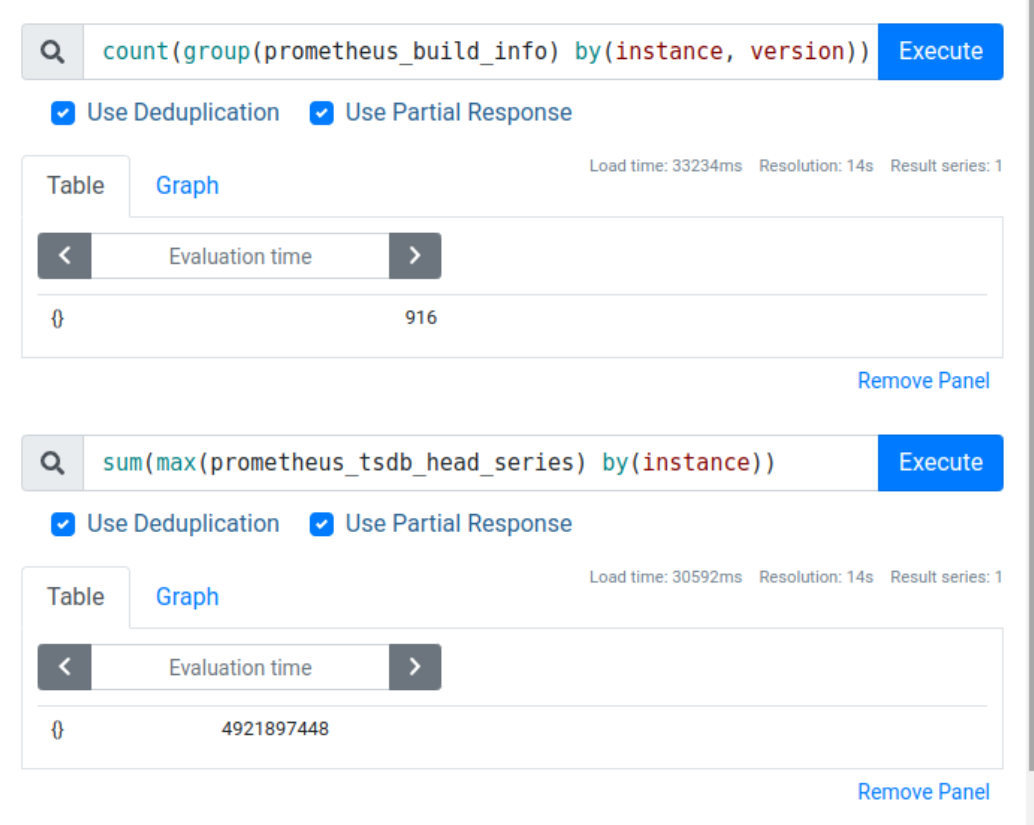DDoS detection and remediation with Akvorado and Flowspec
Akvorado collects sFlow and IPFIX flows, stores them in a ClickHouse database, and presents them in a web console. Although it lacks built-in DDoS detection, it’s possible to create one by crafting custom ClickHouse queries.
DDoS detection
Let’s assume we want to detect DDoS targeting our customers. As an example, we consider a DDoS attack as a collection of flows over one minute targeting a single customer IP address, from a single source port and matching one of these conditions:
- an average bandwidth of 1 Gbps,
- an average bandwidth of 200 Mbps when the protocol is UDP,
- more than 20 source IP addresses and an average bandwidth of 100 Mbps, or
- more than 10 source countries and an average bandwidth of 100 Mbps.
Here is the SQL query to detect such attacks over the last 5 minutes:
SELECT * FROM ( SELECT toStartOfMinute(TimeReceived) AS TimeReceived, DstAddr, SrcPort, dictGetOrDefault('protocols', 'name', Proto, '???') AS Proto, SUM(((((Bytes * SamplingRate) * 8) / 1000) / 1000) / 1000) / 60 AS Gbps, uniq(SrcAddr) AS sources, uniq Continue reading
 s vulnerabilities — which so many young people share online.
s vulnerabilities — which so many young people share online. 



